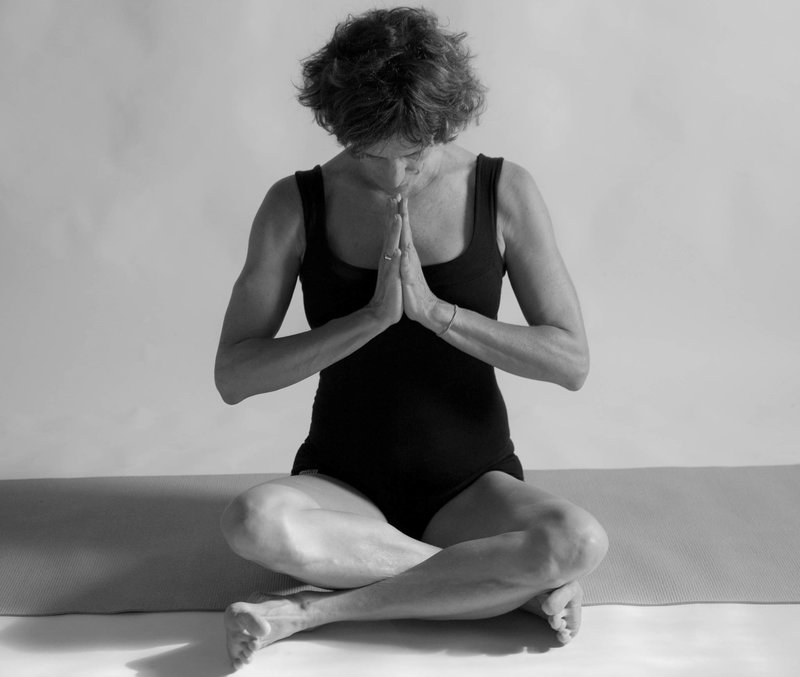THE QUALITIES OF A YOGA POSTURE

…are defined as stable and comfortable, “sthira” and “sukha” in Sanskrit. Does this mean two opposites in one posture? Yes, that’s the secret a yoga posture or asana holds; bringing together opposites in the present moment. That might sound strange, but we do have examples. Breathing consists of inhaling and exhaling, daylight and night make a day, yin and yang polarities are complementary, the autonomic nervous system comprises sympathetic and parasympathetic divisions, just to mention a few. Similarly, when we hold a yoga pose, we balance two opposites, namely effort and effortlessness, sthira and sukha. For example, when you are in a standing pose, you should be stable and aligned, but also have a soft and non-competitive attitude.
These principles are equally essential when sitting in meditation; the body is stable and erect as well as comfortable, the mind is focused as well as relaxed. When these qualities can be united, transformation on deeper levels will happen.
In Sanskrit effort is “abhyasa” and effortlessness, or letting-go, is “vairagya”. To have good results in our pursuits we need both. So, abhyasa needs time, consistency, full attention as well as responsibility and vairagya means relaxed and content attitude. It reminds me of the Eastern saying, “first tie your camel, then trust in God”. Practicing yoga is discipline and ease in one. This is yoga’s particularity and the reason why it works.